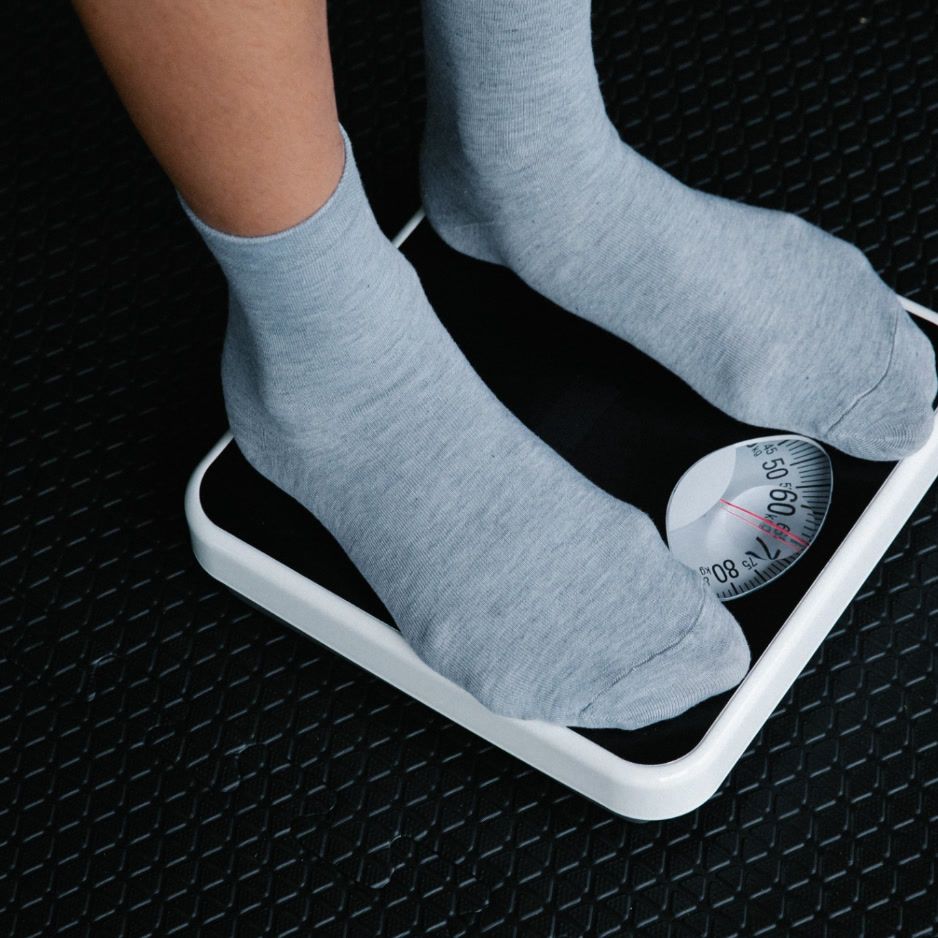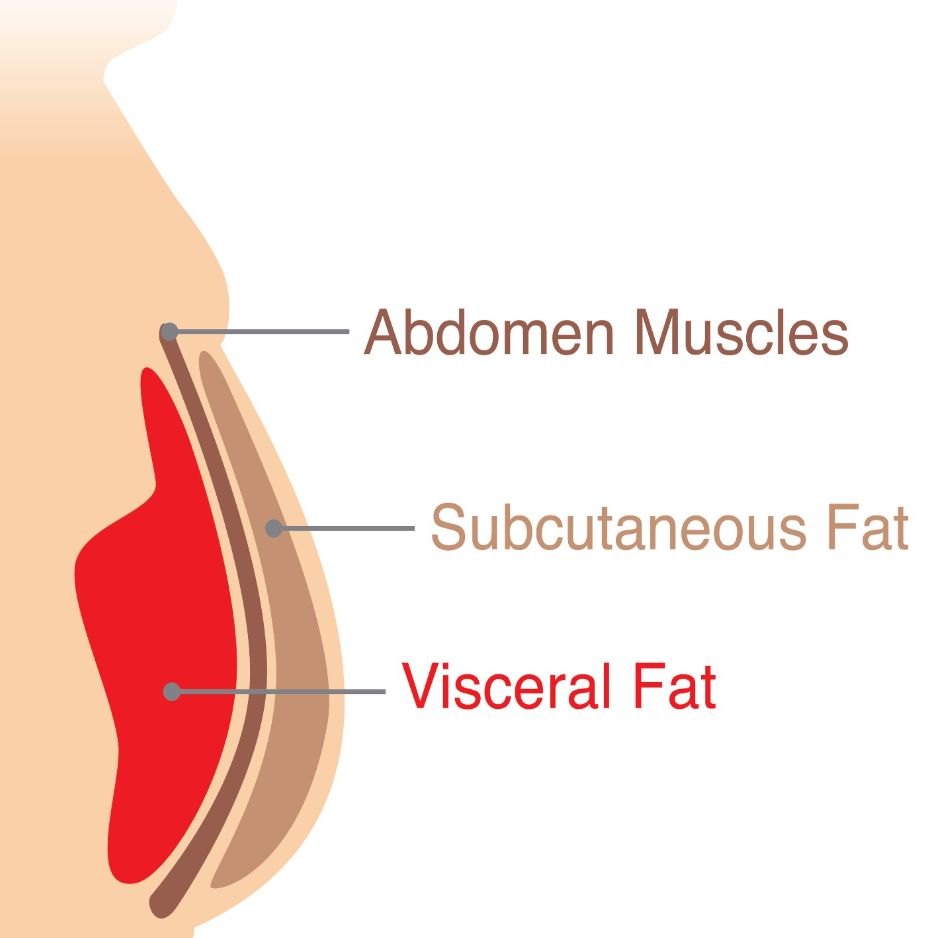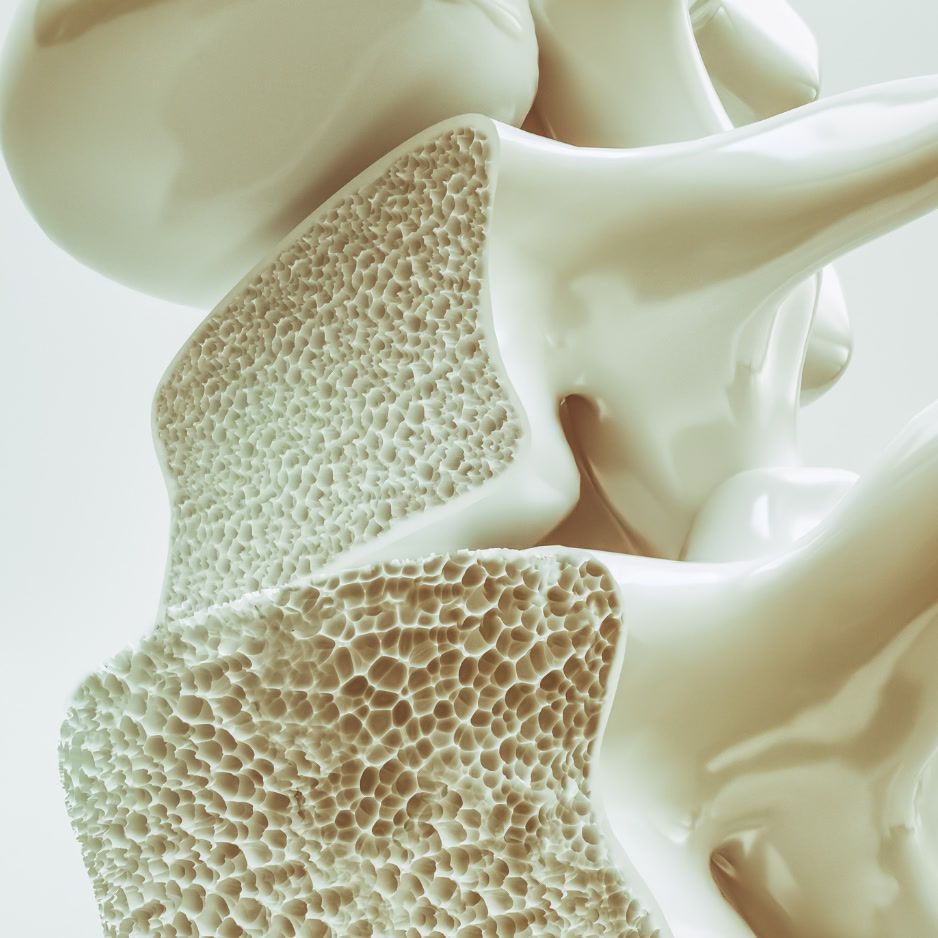GoodRx Guide 2025: How to Lower Prescription Costs

GoodRx Guide 2025: How to Lower Prescription Costs
GoodRx helps you pay less for prescriptions by showing real-time prices at nearby pharmacies and giving you a coupon to pay a discounted cash price at checkout—often lower than your insurance copay, especially for generics. You generally can’t combine a GoodRx coupon with insurance, but you can compare both and use whichever price is lower for that fill.
What is GoodRx, and how does it work?
GoodRx is not insurance. It’s a free tool that helps you lower prescription costs in three simple steps:
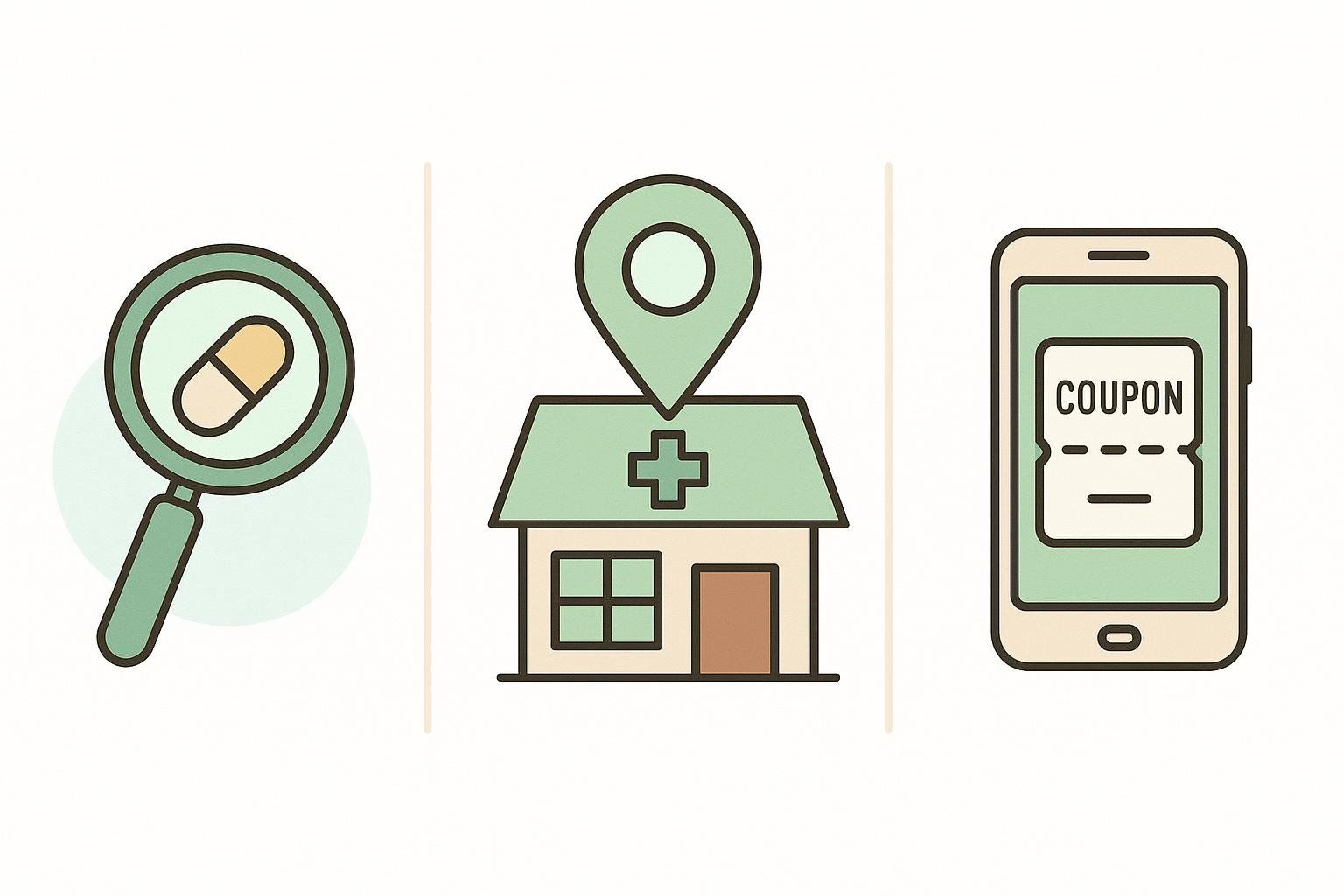
- Look up your med: Enter the drug name, dose, and quantity on the GoodRx website or app to see local prices.
- Choose the best price: Pick a convenient pharmacy with the lowest price and note the coupon details.
- Show the coupon at checkout: Present it to pay the discounted cash price.
Prices for the same drug can vary widely between pharmacies—sometimes by more than $100—so comparing before you buy can pay off (see How GoodRx Works).
Can you use GoodRx with insurance or Medicare?
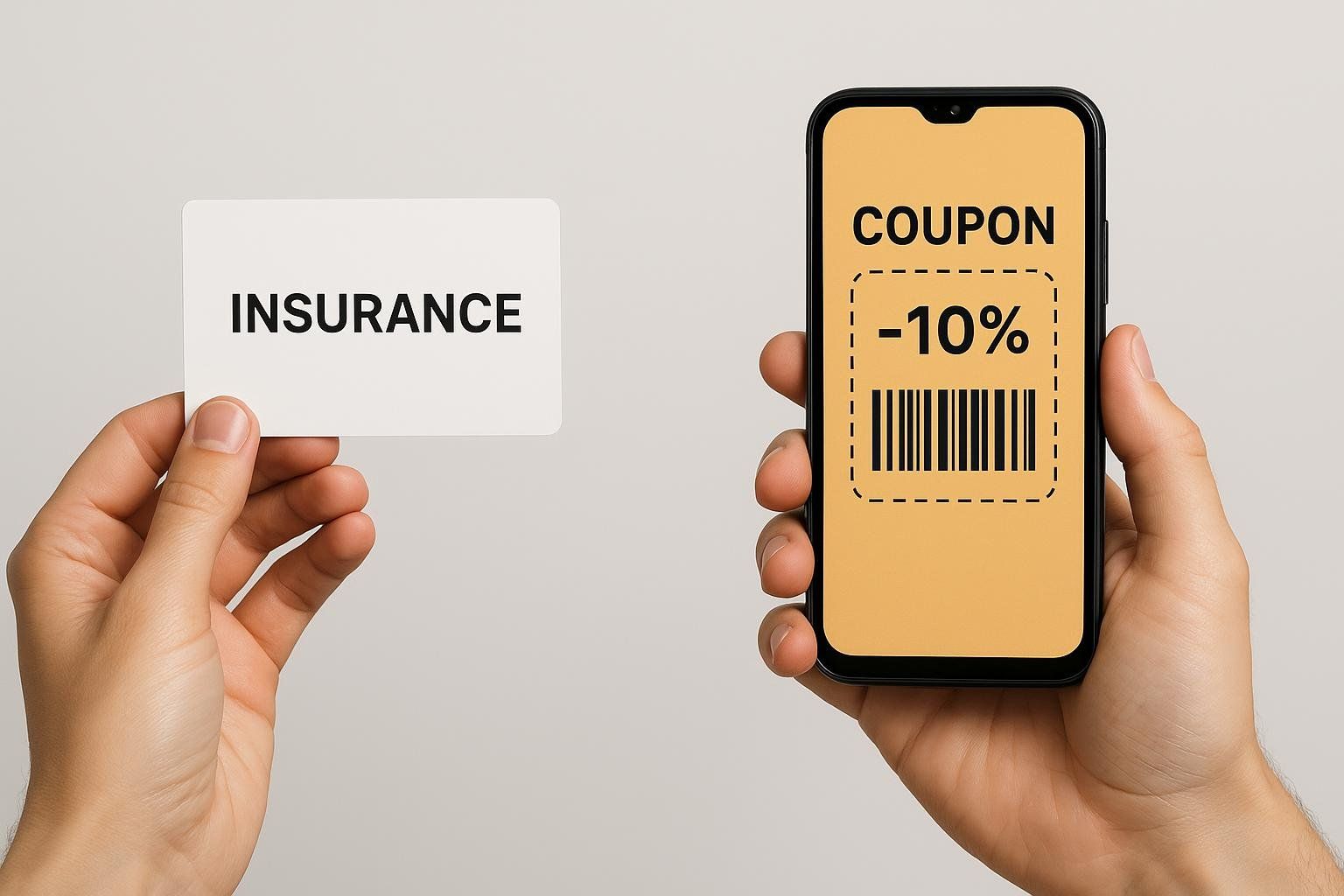
- With private insurance: You can’t combine a GoodRx coupon with insurance. At the counter, it’s either your plan’s price or the GoodRx cash price. If GoodRx is lower, ask the pharmacist to run it as cash using the coupon (details on Insurance & GoodRx).
- With Medicare Part D: You can choose to use a GoodRx coupon instead of your Part D plan on a given fill if it’s cheaper. Just know that purchase typically doesn’t count toward your Part D deductible or out-of-pocket max (see GoodRx’s guide to saving while on Medicare Part D).
- With high-deductible plans (HDHPs): Before you meet your deductible, the GoodRx price for many generics can beat what you’d pay through insurance. You can often pay with HSA funds when you use a GoodRx discount, as explained in GoodRx’s FAQ for insured users.
Tip: If you want your purchase to count toward a deductible or an out-of-pocket maximum, using your insurance may be better—even if it’s a few dollars more.
5-minute step-by-step: How to use GoodRx at the pharmacy

- Look up your med: Enter the drug name, dose, and quantity in the GoodRx app or website to see prices nearby.
- Choose the best price: Tap a pharmacy with a low price that’s convenient. Note the coupon details.
- Save the coupon: Save or screenshot the coupon so you can show it even without cell service. Bring your prescription if it’s a new fill.
- Tell the pharmacist how to process it: Say, “Please run this as cash using the GoodRx coupon,” so they don’t bill your insurance or Medicare. Full instructions live on the Insurance & GoodRx page.
- Check before you pay: Verify the total matches the coupon price. If not, ask the pharmacy to reprocess the claim using the exact BIN/PCN/Group/Member IDs on your coupon. If needed, try another participating location.
Pro tip: If your pharmacy won’t honor the displayed price, transfer your prescription to the pharmacy with the best price—GoodRx provides a straightforward transfer flow.
When GoodRx beats insurance (and when it doesn’t)
GoodRx often wins for:
- Generic meds with high plan copays or non‑preferred tiers.
- HDHP users before meeting the deductible.
- Drugs not covered by your plan.
The GoodRx insurance guidance page shows side-by-side examples of common generics that may cost less with a coupon than with insurance.
Insurance may be better for:
- Brand‑name drugs with strong coverage, copay caps, or patient assistance.
- Fills you want to count toward a deductible or out‑of‑pocket max (GoodRx purchases typically do not; see the Medicare Part D savings guide and the Support insured FAQ).
GoodRx Gold: When does a paid membership make sense?
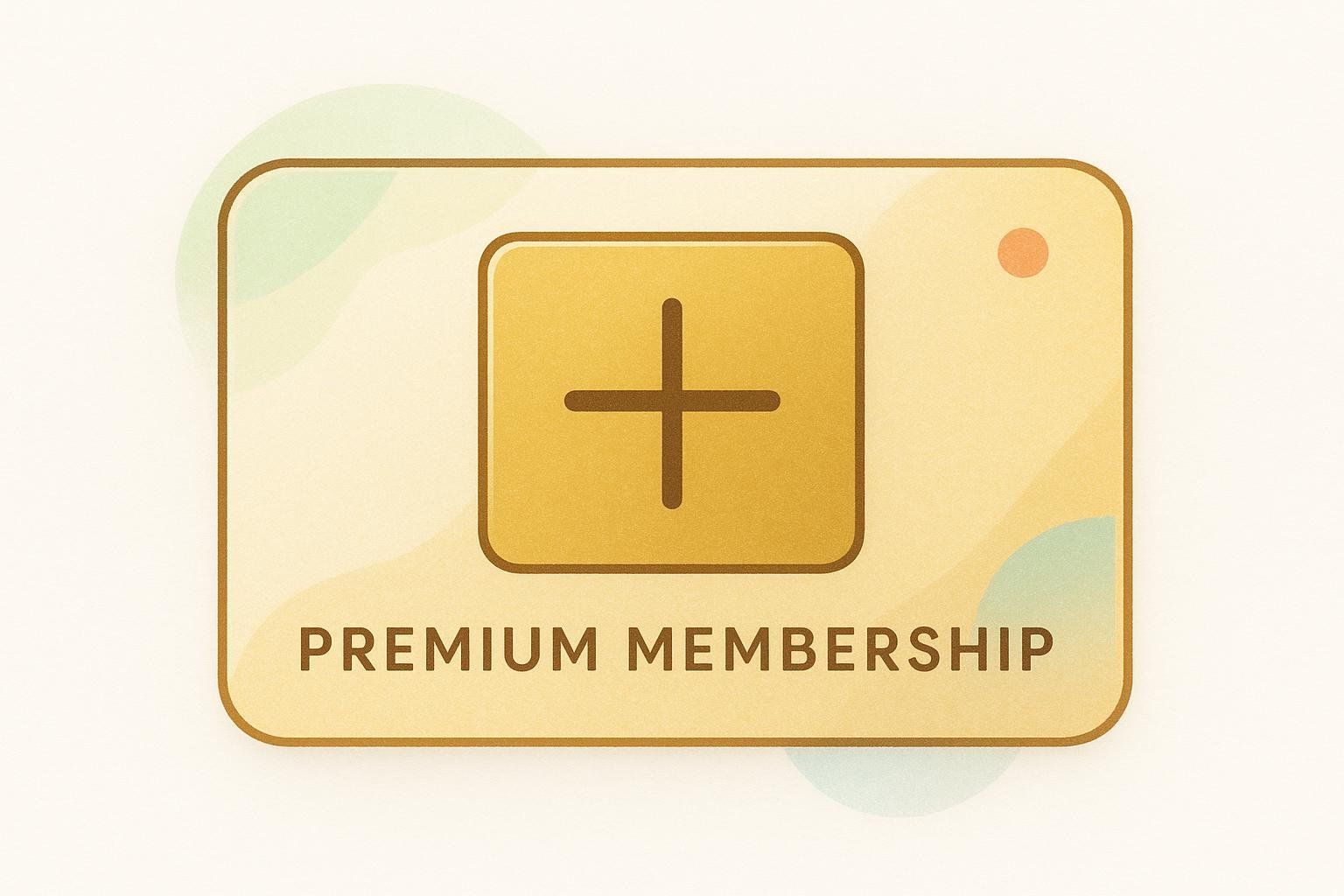
GoodRx Gold is an optional membership that can unlock deeper discounts, low-cost telehealth visits, and free home delivery on eligible meds. Plans are available for individuals or families with a free trial (see the GoodRx Gold page and the GoodRx Gold how it works FAQ).
How to decide:
- Break-even check: If Gold saves you roughly $10+ per month across your meds—or you value bundled perks like discounted telehealth and delivery—it can be cost‑effective.
GoodRx vs SingleCare vs Blink Health: Quick comparison
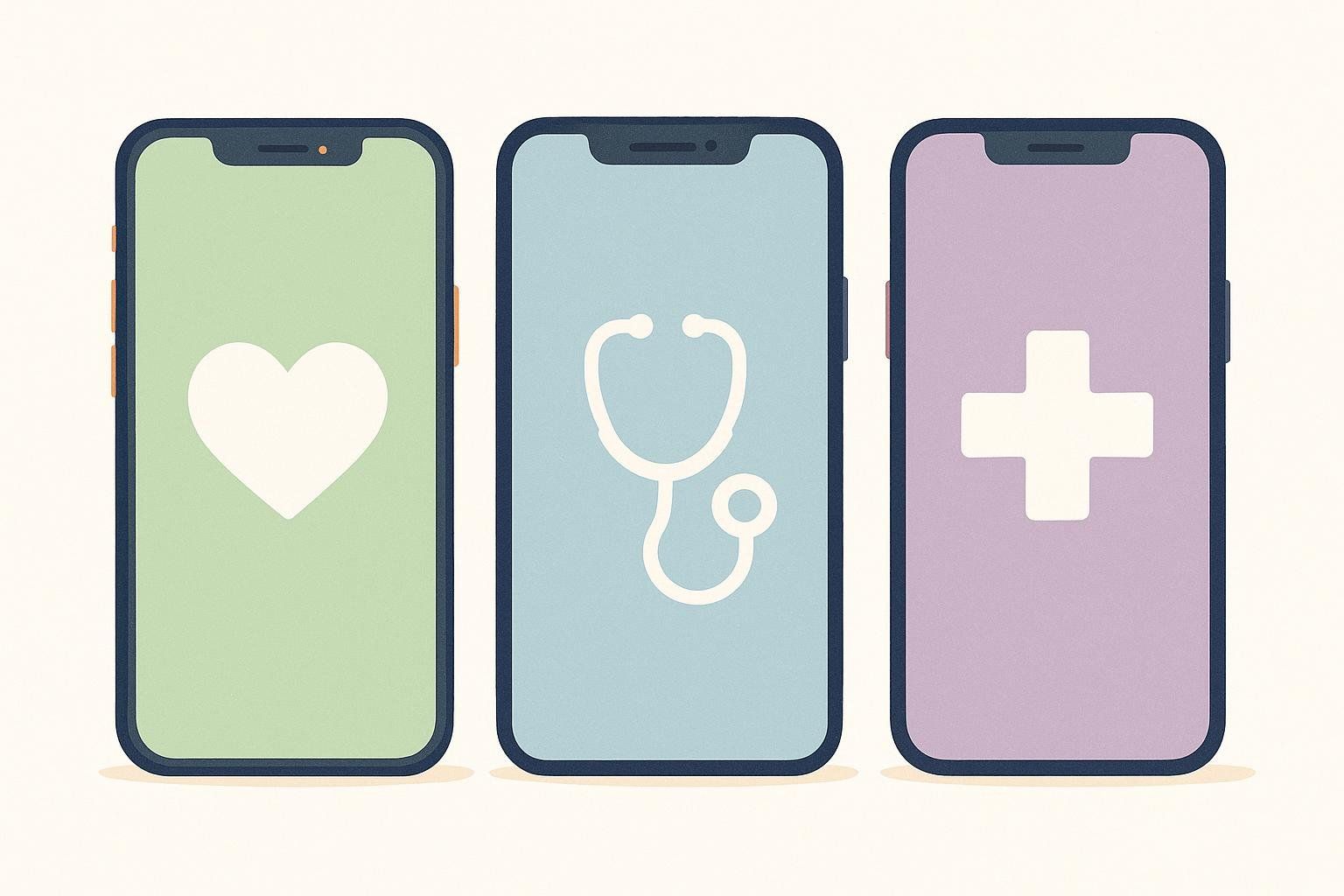
These options can all reduce out‑of‑pocket costs, but they work a bit differently.
| Feature | GoodRx | SingleCare | Blink Health |
|---|---|---|---|
| What it is | Price comparison + coupons; optional membership for extra savings | Price comparison + coupons; free sign‑up perks | Digital pharmacy with home delivery service |
| Works with insurance | No stacking; use instead of insurance | No stacking; use instead of insurance | Designed to work with insurance to find savings, including copay assistance |
| Network/delivery | Large national retail network; delivery options on eligible meds | Large national retail network | Nationwide home delivery for supported meds |
| Typical use case | Lowest local cash price on many generics; occasional brand deals | Competes on local cash price similar to GoodRx | Access to select brands with integrated savings programs |
Note: Blink Health serves a narrower set of medications via its digital pharmacy model and is not a general price‑comparison coupon site (see the Blink Health FAQ).
Privacy, safety, and the fine print
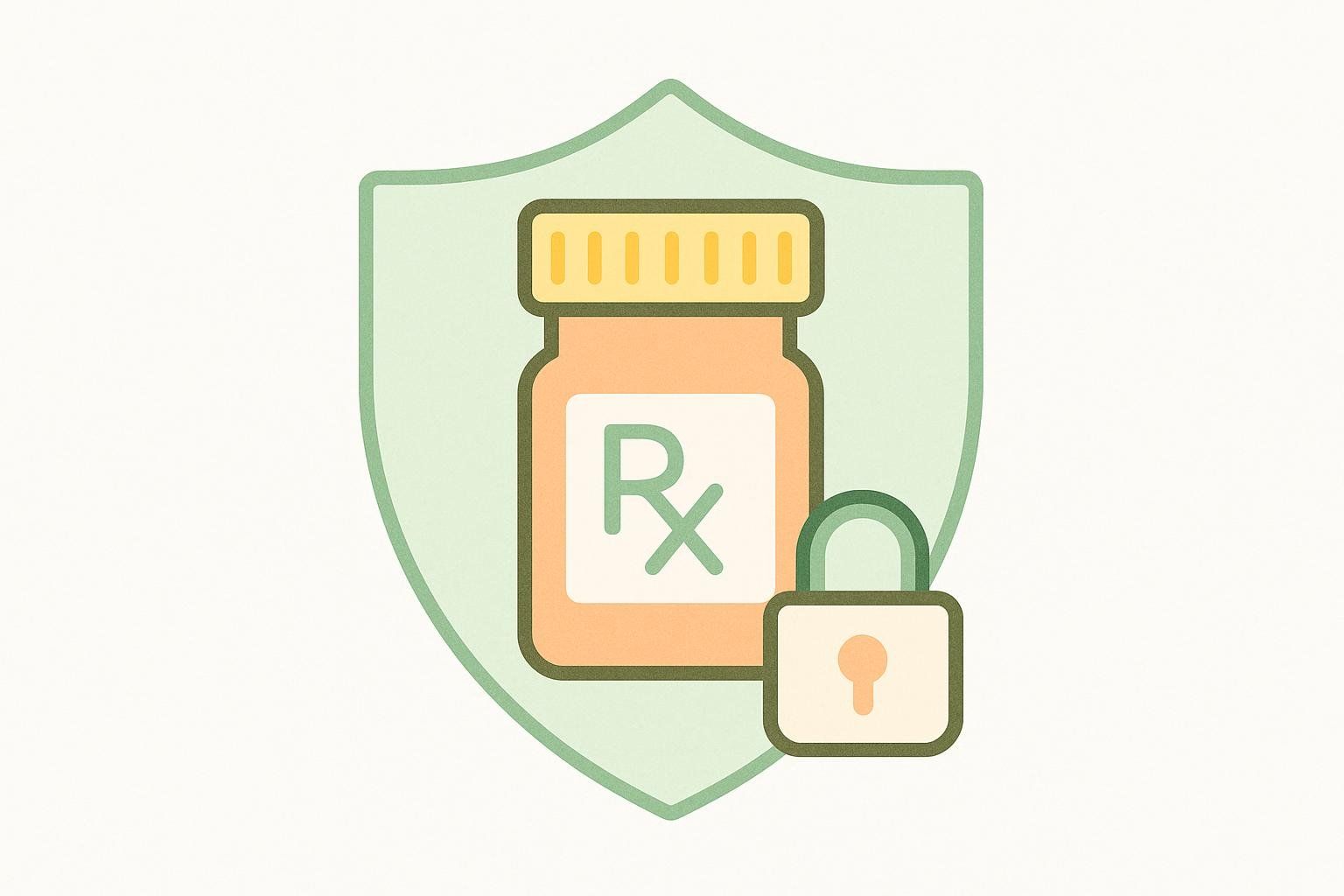
- Privacy enforcement: In 2023, the FTC barred GoodRx from sharing users’ sensitive health data with certain third parties for advertising and required additional privacy controls (FTC press release).
- App permissions: Review app permissions and privacy notices on the official Apple App Store and Google Play pages before downloading to understand what data is collected.
- Not insurance: GoodRx and similar programs are discount tools, not insurance. Purchases typically won’t count toward deductibles unless your plan reimburses you (not guaranteed).
Mini case scenarios: Where GoodRx can help
These illustrative scenarios (based on typical prices found on GoodRx) show how savings can add up. Prices vary by location and pharmacy; always compare in the app or on the website first.

- For Retiree Rachel: Levothyroxine 75 mcg, 30 tablets. GoodRx frequently shows prices under $10 at nearby pharmacies vs. a typical $20–$30 copay—often a reduction of 50% or more.
- For High-Deductible Henry: Atorvastatin 20 mg, 30 tablets. Before meeting the deductible, retail can exceed $50. GoodRx cash prices are often in the single digits to low teens—potentially saving over $40 compared with paying retail.
- For Caregiver Chloe: Managing levothyroxine + hydrochlorothiazide + atorvastatin. When each med is cheaper with a GoodRx coupon than with insurance, the combined monthly savings can easily exceed $50–$100 across multiple refills.

FAQs
- Can I stack a manufacturer copay card with GoodRx? Generally no. GoodRx coupons replace insurance on that fill, while most manufacturer copay cards require you to use commercial insurance (see GoodRx’s guide to manufacturer copay cards).
- Do I need the app? No. You can print or screenshot coupons from the website. The app is convenient and highly rated on iOS and Android (see listings on the App Store and Google Play).
- Is this legit? Consumer Reports recommends comparing options like discount programs, store savings plans, and independent pharmacies, and a Consumer Reports guide on saving on prescription drugs notes that coupon tools can help you pay less.
Quick savings worksheet (5 minutes)
- List your meds with dose and quantity.
- Check your insurer portal for each medication’s copay or estimated cost.
- Look up each medication on GoodRx and note the lowest local price.
- Circle the lowest price for each fill—plan vs. GoodRx.
- Tally monthly and annual savings. Consider Gold if savings > ~$10/month and you want discounted telehealth + delivery.
Related reading to keep healthcare costs predictable
- Planning routine screenings? See our complete health screening guide.
- Curious about value for money? Read our cost–benefit analysis of DEXA scans and the real cost of a DEXA scan.
- Comparing imaging options? Explore our explanation of full-body scans.
Bottom line
GoodRx can meaningfully reduce out‑of‑pocket costs—especially for generics, HDHP users, and anyone managing multiple refills—if you compare prices and present the coupon correctly at checkout. Use the 5‑minute workflow above, consider Gold if your monthly savings justify it, and keep privacy and deductible trade‑offs in view as you optimize your medication budget.
